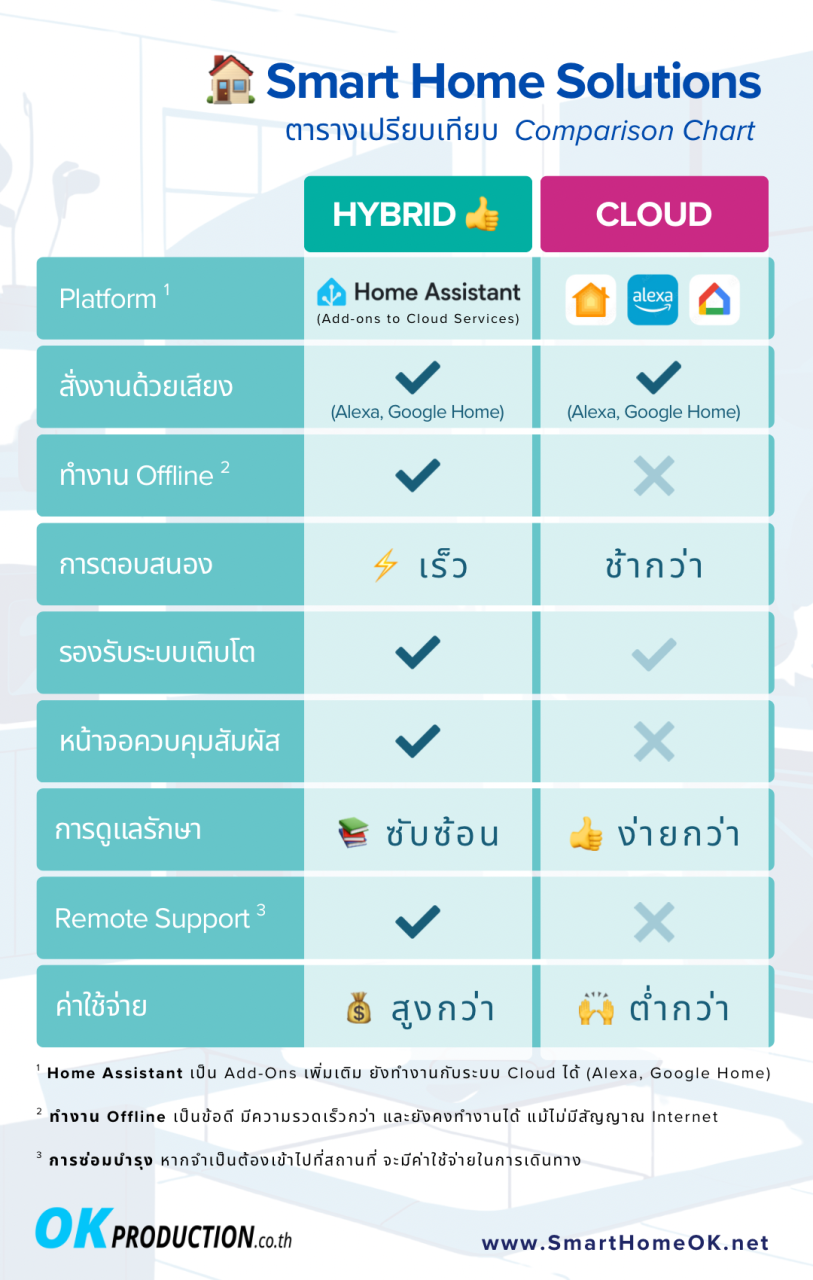The home care industry stands at a pivotal juncture, experiencing unprecedented growth, innovation, and transformation. Driven by a confluence of demographic shifts, technological advancements, policy changes, and evolving consumer preferences, home care is no longer just an alternative; it is rapidly becoming the preferred and, in many cases, the most effective setting for a vast spectrum of healthcare needs. This article delves into the latest news and trends shaping this dynamic sector, exploring the challenges it faces and the immense opportunities that lie ahead.
Demographic Tides and Surging Demand
One of the most powerful forces propelling the home care industry is the global demographic shift towards an aging population. The "silver tsunami" is a well-documented phenomenon, with the number of individuals aged 65 and older projected to nearly double globally by 2050. This demographic cohort not only lives longer but often manages multiple chronic conditions, such as heart disease, diabetes, dementia, and respiratory illnesses.
News from the industry consistently highlights the growing preference among seniors to "age in place." Surveys repeatedly show that the vast majority of older adults wish to remain in their homes for as long as possible, maintaining independence and comfort in familiar surroundings. This strong consumer demand is a fundamental driver for the expansion of home care services, ranging from personal care and companionship to skilled nursing, therapy, and complex medical management.
Furthermore, advancements in medical science mean that conditions once requiring prolonged hospital stays can now be managed effectively at home. This shift is not limited to the elderly; younger individuals recovering from surgery, managing disabilities, or coping with acute illnesses also increasingly benefit from home-based care, which offers a more personalized, less institutionalized, and often more cost-effective solution.
The Workforce Crisis: A Persistent Challenge
Despite the surging demand, the home care industry faces a critical and ongoing challenge: a severe workforce shortage. News reports consistently underscore the difficulty agencies face in recruiting and retaining qualified caregivers, nurses, and therapists. This crisis is multi-faceted:
- Low Wages and Benefits: Caregivers, particularly those providing personal care, often earn low wages with limited benefits, leading to high turnover rates and a struggle to attract new talent. This economic reality is a significant barrier to building a stable workforce.
- Burnout and Physical Demands: The work is physically and emotionally demanding. Caregivers often work long hours, deal with challenging situations, and face a lack of career advancement opportunities, contributing to burnout.
- Lack of Training and Professional Development: While some states mandate training, there’s a broader need for standardized, comprehensive training programs and clear career pathways to professionalize the role and attract individuals seeking a long-term career.
- Competition for Talent: The healthcare sector as a whole is experiencing shortages, intensifying competition for skilled professionals.
Industry news frequently features initiatives aimed at addressing this crisis. These include advocacy for increased government funding for caregiver wages, innovative training programs, pathways for immigrants to enter the caregiving workforce, and the strategic use of technology to augment (not replace) human caregivers, reducing administrative burdens and enhancing efficiency. Retention strategies, such as improved benefits, recognition programs, and flexible scheduling, are also gaining traction.
Technological Innovations: Reshaping Care Delivery
Technology is arguably the most exciting and transformative force sweeping through the home care industry. News outlets are regularly reporting on groundbreaking innovations that are not only improving care quality but also enhancing efficiency and expanding the reach of services.
- Telehealth and Remote Patient Monitoring (RPM): Accelerated by the pandemic, telehealth has become a mainstream staple. It enables remote consultations, medication management, and symptom monitoring. Coupled with RPM devices – such as smart scales, blood pressure cuffs, continuous glucose monitors, and wearable sensors – caregivers can track vital signs and intervene proactively, preventing hospital readmissions and managing chronic conditions more effectively.
- Artificial Intelligence (AI) and Machine Learning (ML): AI is being deployed for predictive analytics, identifying patients at risk of adverse events, personalizing care plans, and optimizing scheduling. AI-powered voice assistants and chatbots can provide companionship, medication reminders, and answer common questions, easing the burden on human caregivers.
- Smart Home Technology: Devices like smart lighting, fall detection sensors, and automated medication dispensers enhance safety and independence for individuals aging in place. These technologies offer peace of mind for families and caregivers.
- Digital Platforms and Apps: Sophisticated software platforms are streamlining administrative tasks, facilitating communication between caregivers, patients, and family members, and managing care plans. Mobile apps empower patients to track their health, access resources, and communicate with their care team.
- Robotics: While still nascent, robotics holds promise for assisting with tasks like lifting, mobility support, and even basic personal care, further augmenting human caregivers.
The integration of these technologies promises a more proactive, personalized, and efficient model of home care. However, challenges remain, including ensuring equitable access (bridging the digital divide), addressing data privacy concerns, and providing adequate training for both caregivers and patients to effectively utilize these tools.
Policy, Reimbursement, and the Shift to Value-Based Care
Policy and reimbursement structures are crucial determinants of the home care industry’s growth and sustainability. Recent news reflects a significant shift towards value-based care models, moving away from traditional fee-for-service payments.
- Medicare Advantage Expansion: Medicare Advantage (MA) plans are increasingly covering non-medical home care services, such as personal care and transportation, recognizing their role in preventing hospitalizations and improving overall health outcomes. This expansion is a major boon for the industry.
- Medicaid Initiatives: State Medicaid programs are also exploring innovative models to expand home and community-based services (HCBS), aiming to reduce reliance on more expensive institutional care.
- Hospital-at-Home Programs: Inspired by successful pilots, "Hospital-at-Home" programs, which allow patients to receive acute-level care in their homes, are gaining traction and policy support. These programs offer a patient-centric alternative to traditional hospitalization for specific conditions, often resulting in better patient outcomes and lower costs.
- Focus on Social Determinants of Health (SDOH): There’s a growing recognition that factors like housing, food security, transportation, and social isolation significantly impact health. Home care agencies are increasingly integrating SDOH assessments and referrals into their care plans, with some payers beginning to reimburse for these non-clinical services.
- Regulatory Landscape: The industry continues to grapple with evolving state and federal regulations concerning licensure, scope of practice, and quality metrics. Advocacy groups are actively working to shape policies that support industry growth while ensuring patient safety and quality of care.
The trend towards value-based care incentivizes home care providers to focus on preventative measures, chronic disease management, and overall patient well-being, aligning financial incentives with improved health outcomes.
Investment and Market Consolidation
The home care industry is attracting significant investment, signaling strong confidence in its future growth. News reports frequently detail mergers and acquisitions (M&A) activity, with larger healthcare systems, private equity firms, and even technology companies investing heavily in home care providers.
- Private Equity Influx: Private equity firms are drawn to the stable, growing demand in home care, seeing opportunities for consolidation, operational efficiency improvements, and technology integration.
- Strategic Partnerships: Hospitals and health systems are increasingly acquiring or partnering with home care agencies to build integrated care networks, extending their reach beyond traditional facility walls and better managing patient transitions.
- Startup Innovation: A vibrant ecosystem of startups is emerging, focusing on niche areas like specialized chronic disease management, AI-powered care coordination, and caregiver support platforms.
This influx of capital is fueling innovation, facilitating technology adoption, and driving economies of scale. However, it also raises questions about the impact on smaller, independent agencies and the potential for standardization versus personalized care.
The Evolving Scope of Home Care
The definition of "home care" is rapidly expanding beyond traditional personal care and light housekeeping. Today’s home care encompasses a sophisticated array of services:
- Skilled Nursing and Therapy: Advanced wound care, IV infusions, medication management, physical therapy, occupational therapy, and speech therapy are routinely provided in the home.
- Palliative and Hospice Care: Delivering compassionate end-of-life care and symptom management in the comfort of a patient’s home is a growing segment.
- Behavioral and Mental Health: Addressing the critical need for mental health support, home care agencies are increasingly offering tele-mental health services, counseling, and support for individuals with behavioral challenges.
- Chronic Disease Management Programs: Specialized programs for conditions like diabetes, COPD, and heart failure are helping patients manage their conditions more effectively at home, reducing exacerbations and hospitalizations.
- Social Support and Engagement: Beyond medical needs, agencies are recognizing the importance of addressing social isolation and providing opportunities for engagement, which significantly impact health and well-being.
This expanded scope positions home care as a central pillar of the broader healthcare continuum, capable of managing complex needs and contributing significantly to overall public health.
Conclusion: A Home-Centric Future for Healthcare
The home care industry is not just growing; it’s evolving into a sophisticated, technologically advanced, and indispensable component of the modern healthcare system. News from across the sector paints a picture of dynamic change driven by an aging population, technological breakthroughs, progressive policy shifts, and substantial investment.
While significant challenges remain, particularly regarding workforce shortages and equitable access to technology, the opportunities for innovation and impact are immense. The future of healthcare is increasingly home-centric, promising more personalized, accessible, and cost-effective care for millions. As the industry continues to adapt and innovate, its role in improving quality of life and health outcomes will only become more pronounced, solidifying its position as one of the most vital and transformative sectors in global healthcare.

